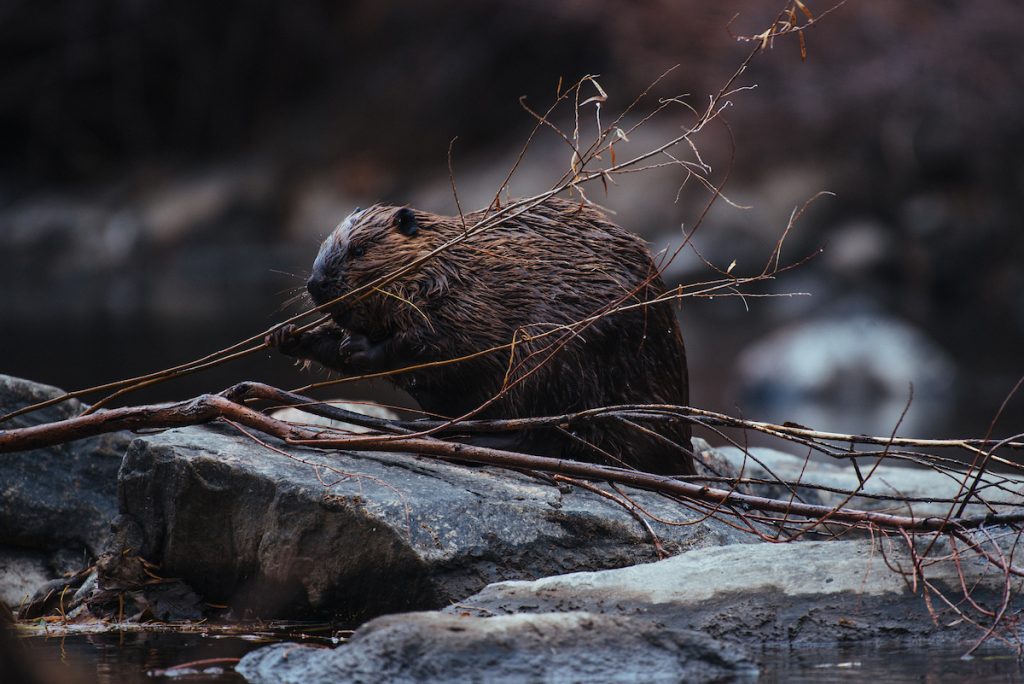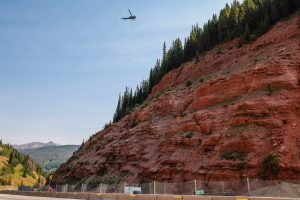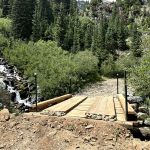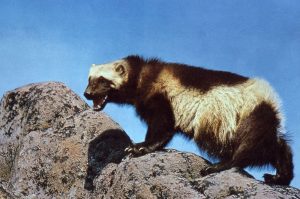Colorado is crafting a plan to manage and protect beavers — and it wants your input
The keystone species could serve as a natural tool for mitigating the impacts of climate change

Colorado Parks and Wildlife/Courtesy Photo
Once at risk of extinction, beavers are now experiencing a surge in popularity as environmentalists, wildlife biologists, and other stakeholders seek ways to harness the animals as a natural tool for ecological restoration.
In response to the growing interest, Colorado Parks and Wildlife is crafting a strategy to guide future beaver conservation and management in the state. The agency is inviting members of the public their first chance to provide input on the strategy’s development, opening a public scoping period through Aug. 31 on its Engage CPW website.
“This is timely, as we are in a time of worsening climate change and biodiversity loss, and beavers offer this natural solution to restoration,” said Jessica Beaulieu, a Parks and Wildlife commissioner, at the board’s July 17 meeting. “They build resilient landscapes, slowing floods, reducing the impacts of wildfires, and increasing water storage.”
The strategy will tackle a variety of topics, including harvesting regulations, wetland habitat restoration, coexistence methods, and nonlethal ways to reduce conflicts, as well as translocation policies for reducing conflict or restoring populations.
Beavers are considered a keystone species, meaning that they have a disproportionately large influence on the ecosystems they inhabit, according to Parks and Wildlife.
In a presentation on the beaver strategy, Boyd Wright, the native aquatic species coordinator, said that the species was once “abundant” across Colorado.
Nationwide, Wright reported that beaver populations were once estimated between 60 and 400 million, but have dropped to between nine and 12 million in recent years.
Using modeling and beaver pond data from the Colorado Beaver Activity Mapper, created by the Colorado Natural Heritage Program, Parks and Wildlife estimates Colorado is home to between 60,000 and 90,000 beavers.
Since the 1800s, Wright said that around 50% of Colorado’s historic wetland acreage — including ponds, wet meadows, and willow shrublands created by beavers — has been lost. The majority of the recent beaver habitat (over 90%) is located in the mountains.
“Based on recent beaver wetland mapping, more than 50,000 acres of wetland habitat were influenced by beaver ponds in the last decade,” he said. “However, over 25,000 acres of beaver habitat mapped in the last 40 years have not been occupied by beavers in the past decade.”
Beavers provide benefits for other wildlife species that depend on wetlands for habitat, he said.
“To restore beavers and the habitats they create, we have to consider how abundant beavers are in a given watershed alongside physical habitat characteristics and natural processes like seasonal flooding and beaver damming,” he said. “They help form and maintain these habitats over time. We also have to look at the needs of other wildlife species in proximity to features like roads, irrigation structures, and buildings.”
The beaver conservation and management strategy will aim to establish success parameters for what beaver and habitat restoration could look like.
Parks and Wildlife currently manages beavers as one of its furbearer species, allowing a limited hunting season between October and April. Private landowners can also trap or kill beavers that are causing damage to their property year-round. Between these two methods, Wright said the agency estimates around 1,000 beavers were harvested in 2024, 500 of which took place on public land.
As it seeks to develop the statewide strategy, Parks and Wildlife will aim to define what a successful population size is, including how hunting and trapping could play a role in this.
While beavers can provide a number of positive environmental benefits, they can also cause damage to human property and infrastructure. As such, the beaver plan will also aim to provide options for coexistence and conflict resolution between landowners and the species.
“Coexistence methods have really improved quite drastically in the past 10 years, and our strategy will include examples and some studies regarding beaver coexistence techniques,” Wright said. “Keeping beavers in place, if possible with coexistence, should be considered first, as relocation is more expensive and lethal removal can often not be a sustainable solution.”
The strategy will also look at creating translocation procedures for the live capture and transfer of beavers when conflicts arise or to kickstart restoration efforts. He said the plan will aim to create standard operating procedures for translocating beavers, including measures to reduce the risk of disease spread through these transfers.
Following the public scoping period through Aug. 31, Parks and Wildlife is hosting focus groups to allow for stakeholder and expert input — including from its sportsperson groups — this summer and fall. The agency plans to release the draft Beaver Conservation and Management Strategy in October for public comment and aims to have the final plan ready for approval by the commission in February.
To learn more and to provide comment, visit EngageCPW.org.
Aspen area included in ‘release zone’ for wolverine reintroduction
The Aspen area has been included in one of three general release zones for the reintroduction of wolverines into the state, according to preliminary information from Colorado Parks and Wildlife’s developing plan.










